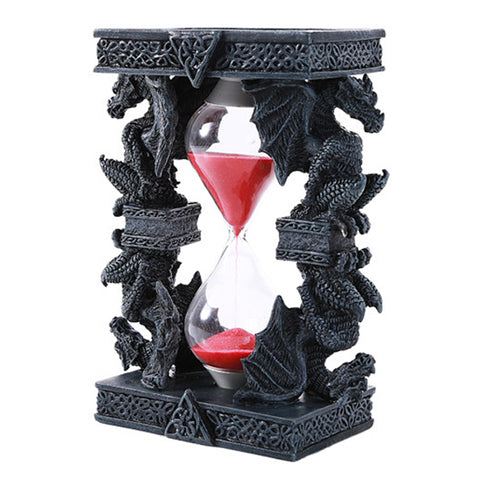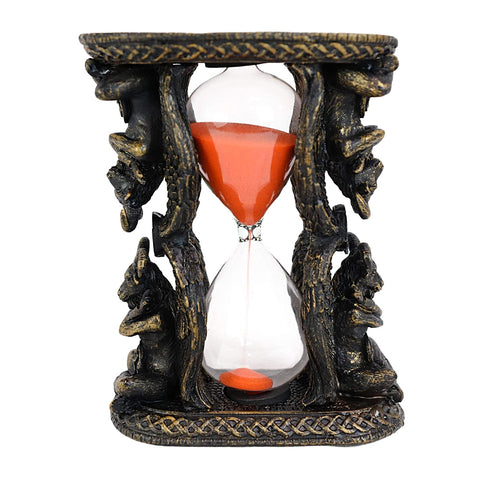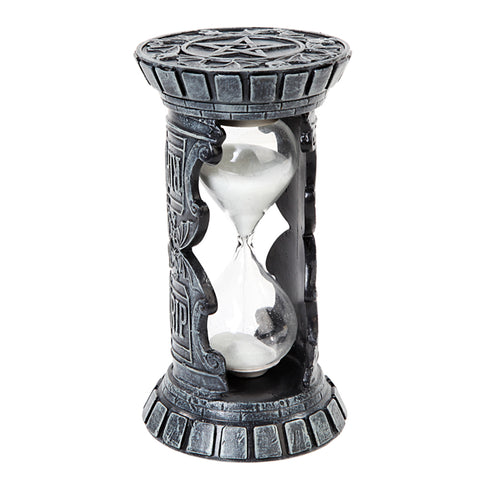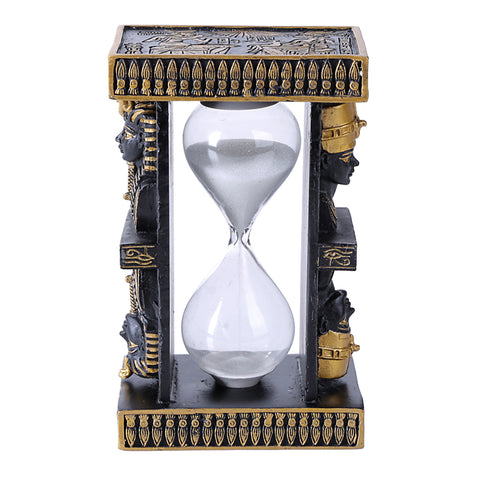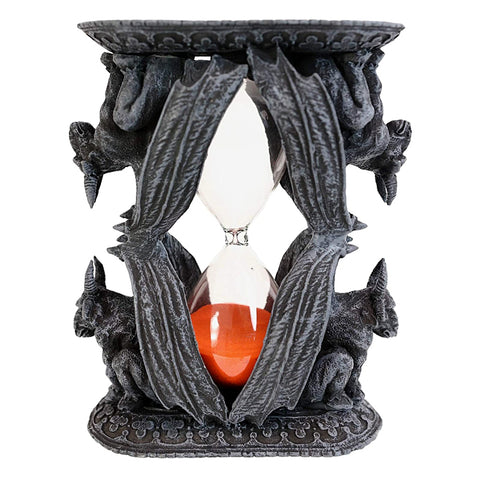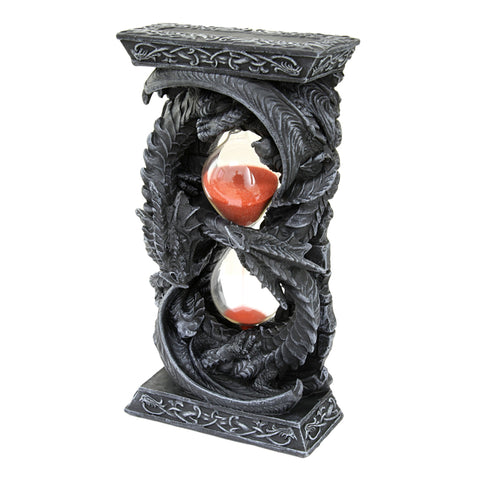Browse by tag:
Hourglasses
Both the mechanical clock and the hourglass found powerful symbolic roles during the Renaissance. The complex mechanical clock with its rotary gears became a metaphor for the heavenly spheres or for the wheel of fortune. But the hourglass, whose sands run out, was a thing of this base earth. It became a metaphor for the running-out-of-sands we all inevitably face. It became, and it remains, a universal symbol of death.
Two technologies, one simple, one complex, running side by side -- the clock making a continuum of time, the hourglass segmenting it -- the clock speaking of timelessness, the hourglass showing us finality -- the clock evoking things celestial, the hourglass reminding us of base earth. They are Yin and Yang.
Hourglasses found their place in setting off blocks of time. The time between canonical hours in a monastery, or between watches on shipboard. They ran neither long enough nor accurately enough to be of much use in marine navigation. They were a poor person's timepiece -- a kind of clock for everyman.

